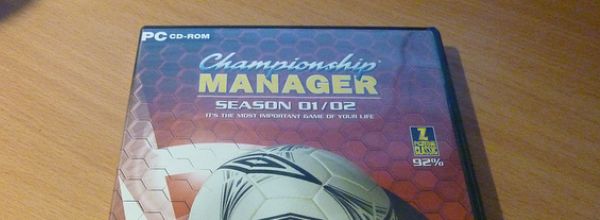Talented, enthusiastic scientist required. Must have good organizational skills.
Do you fit the bill? With the pace of molecular biology and biochemical research quickening year on year, the importance of good organization and planning skills for researchers is becoming increasingly important. Here are 5 ways to ensure that your data is organized and easily analyzed, samples are safe and accessible and your project is carried out efficiently.
1. Maintain your lab book well
A well-kept lab book is the foundation of a researcher’s records and to ensure that no experimental details are lost, it is important to write it up as experiments are performed. Giving each lab book a unique number, numbering the pages, and keeping an index of experiments at the front makes it easier to navigate your data.
2. Keep a list of experiments performed
As a recording system, the lab book has its limitations. It is a raw, detailed, chronologically ordered data record, and so it is not ideal for retrieving specific data or obtaining an overview of the results. Supplementing your lab book with a separate summary file listing each experiment performed and including lab book reference (book and page number), date, procedure performed, outcome and conclusions, makes it easy to track down individual results and gain an essential overview of your project.
3. Use standardized forms for routine experiments
For routine experiments, where the basic procedure is repeated, it is often useful to use a standardized form rather than a lab book. This speeds up note-taking and makes it easier to retrieve data later. For example, for plasmid cloning, I always use a standardized cloning plan, which is a form containing space to insert all of the information needed for the procedure before starting, together with space to add experimental notes, gel photos, etc., as the procedure is performed. Having all of the information about the procedure in one document is very convenient, and the cloning plan also serves as a permanent record for the construction of each plasmid.
4. Catalog your samples
During their career, or even just within a given project, a researcher may generate tens or hundreds of samples, constructs, strains, and more. Each costs a considerable amount of effort to make and many are precious. After going all of this effort, many researchers simply put their samples randomly into a box in the back of a fridge or freezer somewhere. Inevitably, when they need the sample a few months or a year later it is difficult or impossible to find. It takes very little effort to catalog samples as they are made but doing so can make life much easier. Ensure that your catalog contains a lab book reference number for each sample and so that each entry can be cross-referenced in your lab book. (you might like to check out AddGene’s free plasmid archiving facility)
5. Write a monthly report for yourself
This takes a bit of discipline, but you will thank yourself for it later. Monthly reports detailing all of the experimental data generated in the month, together with conclusions, current thinking, and future directions will fit together over time to create a concise record of your project work that will prove invaluable in the months and years ahead. This is especially recommended if for PhD students as it will be much easier to write a thesis based on a group of monthly reports than from lab book notes!
Together these points describe a system for data, sample, and project organization that could lead to increased productivity and a simpler life for many scientists (or many that I know at least!). I hope that at least some of it has been useful to you. If you have any comments – or any of your own strategies you’d like to share, please feel free to add them below!
Photo: Spinstertoo







